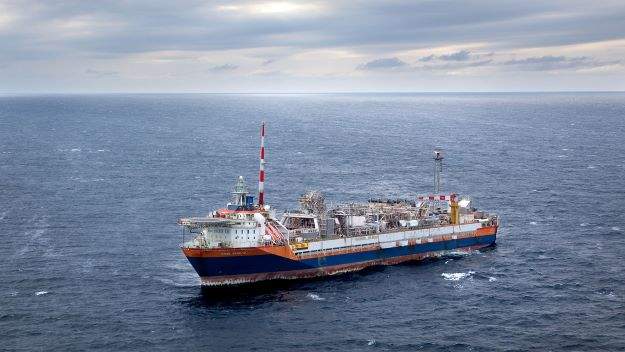
The consent granted by the regulator allows Norne FPSO and also associated facilities at the Norne, Urd and Skuld fields to continue production beyond 2022 for an additional four years.
Equinor, in its application for extension, proposed an enhanced drainage strategy for the Norne field and the neighboring Urd and Skuld fields, said NPD.
The Norne, Urd, Skuld, Marulk and Alve fields are tied-back to the Norne FPSO.
In 2008, Norwegian authorities approved an amended Plan for Development and Operation (PDO) which includes various nearby deposits around the Norne and Urd fields.
NPD said that Equinor’s analyses indicate that there are enough resources in the Norne area to sustain production until the end of 2035.
The regulator revealed that while the original recoverable reserves in the Norne field were around 72 million standard cubic meters (Sm3) of recoverable oil, optimization and measures to improve recovery have boosted the recoverable oil reserves to nearly 93 million Sm3.
NPD added that 96% of the proven oil reserves have been so far drawn by Equinor and its partners in the 6608/10 and 6608/11 blocks.
Furthermore, there are five discoveries within the blocks that are yet to be clarified along with six unclarified discoveries in adjacent production licenses, said the regulator.
The NPD expects that continued work on the discoveries will yield satisfactory recovery of the remaining oil and gas resources.
The Norne field was developed using seven well templates that are connected to the Norne FPSO. It has been in production since November 1997.
The Norne FPSO houses a processing plant and storage tanks for stabilized oil. Since February 2001, gas from Norne has been exported via the Norne Gas Export Pipeline to the Åsgard field in the Norwegian Sea, and beyond via the Åsgard transport system to the Kårstø terminal in Rogaland, Norway before reaching continental Europe.
Recently, Equinor secured approval from NPD to extend production from the Asgard A facility in the Asgard oilfield in Norwegian Sea up to 2027.






